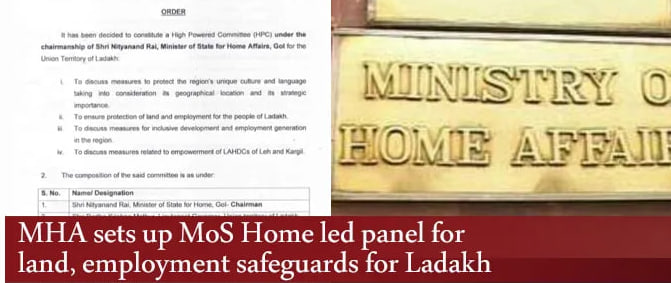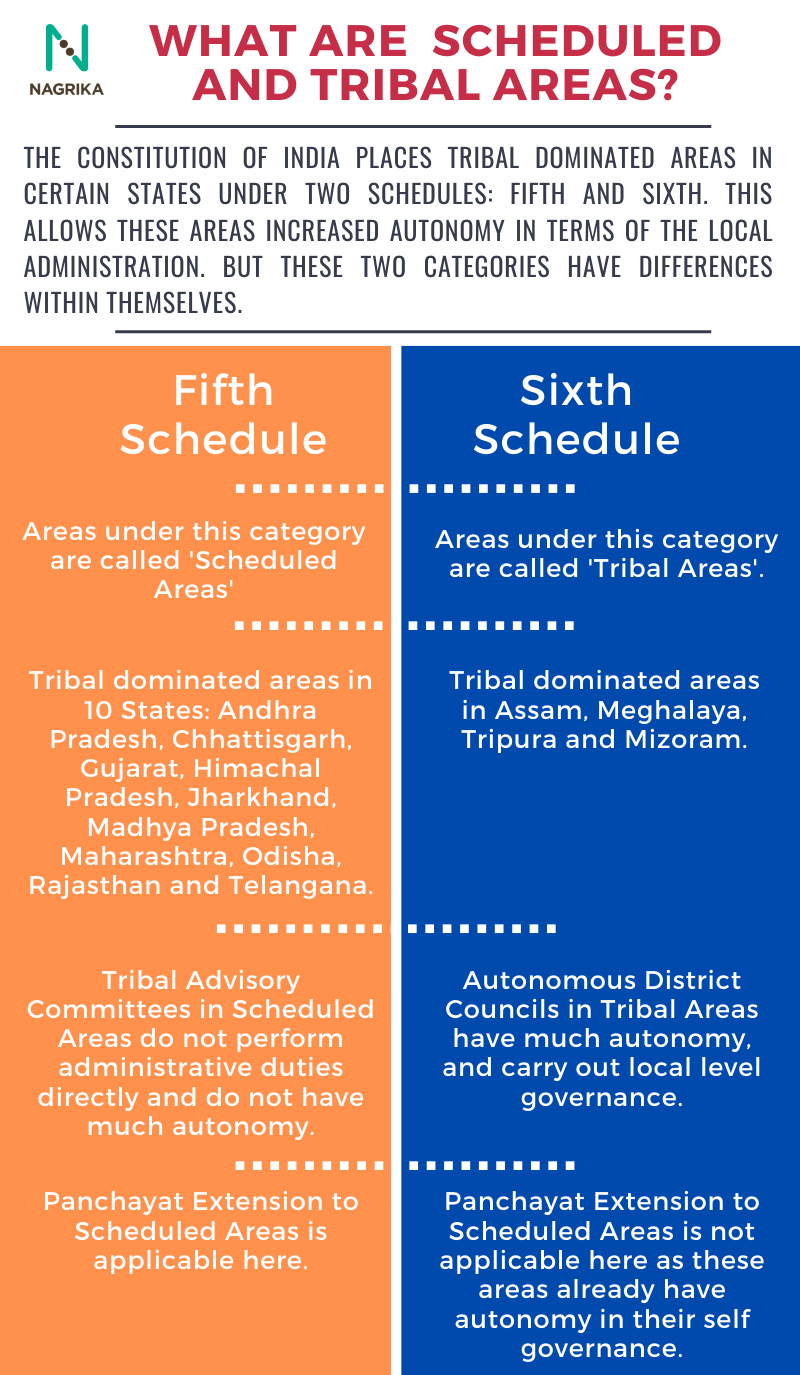Description

Copyright infringement not intended
In News
- The Ministry of Home Affairs (MHA) has formed a high-powered committee to “ensure the protection of land and employment” for the people of Ladakh.
- The committee is chaired by the Minister of State for Home Affairs.
- The 17-member committee also includes Ladakh Lieutenant Governor.
- The committee will discuss measures;
- To protect the region’s unique culture and language taking into consideration its geographical location and its strategic importance.
- To promote inclusive development in the region.
- To ensure employment generation in the region.
- To empower Ladakh Autonomous Hill District Councils of Leh and Kargil.
Details
- On 5th August 2019, the former State of Jammu & Kashmir was bifurcated into two Union Territories; Jammu & Kashmir, and Ladakh, the latter without a Legislative Assembly.
- Since then several political groups have been demanding that land, employment, and the cultural identity of Ladakh, should be protected under the 6th Schedule.
- The 6th Schedule under Article 244 of the Indian Constitution protects tribal populations, providing autonomy through the creation of Autonomous Development Councils, which can frame laws on land, public health and agriculture.
- At present, 10 autonomous councils exist in Assam, Meghalaya, Tripura and Mizoram.
- According to the 2011 Census, the tribal population in the Union Territory of Ladakh is 79.61% of the total population.
- The Parliamentary Standing Committee on Home Affairs recommended granting special status to the Union Territory of Ladakh considering the developmental requirements of the tribal population.
.jpeg)
Autonomous District Councils
- The 6th Schedule of the Indian Constitution deals with the administration of the tribal areas in the 4 northeastern states of Assam, Meghalaya, Tripura and Mizoram as per Article 244.
- The 6th Schedule of the Indian Constitution allows for the formation of autonomous administrative divisions which have been given autonomy within their respective states.
- Each autonomous district has a district council consisting of 30 members, of whom 4 are nominated by the Governor and the remaining 26 are elected based on adult franchise.
- There shall be a separate Regional Council for each area constituted as an autonomous region.
- The State Governor is authorized to increase or decrease the areas or change the names of the autonomous districts.
- Executive powers of the State extend to 6th Scheduled areas concerning their administration.
- The acts of the Parliament or the state legislature do not apply to these autonomous districts and autonomous regions or apply with specified modifications and exceptions.
- These Autonomous Councils have been granted wide civil and criminal judicial powers, such as establishing village courts etc.
- The jurisdiction of these councils is under the jurisdiction of the concerned High Court.
Tribal Area
- The Indian Constitution states two types of areas:
- Scheduled Areas in terms of the 5th Schedule of the Constitution.
- Tribal Areas in terms of the 6th Schedule.
- “The “Tribal Areas” are also mentioned under Article 244(2) of the Constitution.
- For the declaration of Scheduled Areas, the criteria followed are:
- The predominance of the tribal population.
- Closeness and reasonable size of the area.
- Presence of a viable administrative unit such as a district, block or taluk.
- Economic backwardness of the area as compared to neighbouring areas.

.jpeg)
https://epaper.thehindu.com/Home/ShareArticle?OrgId=GN4ANCQF6.1&imageview=0












